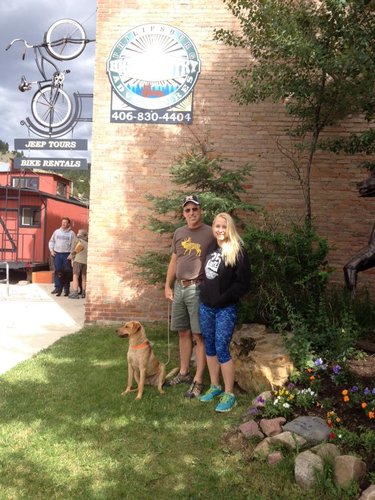Wapiti Warrior
New member
I have a "mutt", but he looks like a yellow lab and loves to retrieve a practice dummy. I am not a bird hunter, at least not much anymore. But with this new dog (1 year old), I would like to get back into it. How do I train him to flush and retrieve a pheasant/grouse? Right now he loves chasing rabbits and deer, which I am working on breaking him of this habit. I don't have any good places close to hunt but will be working on that.
Thanks for any suggestions.
John
Thanks for any suggestions.
John





